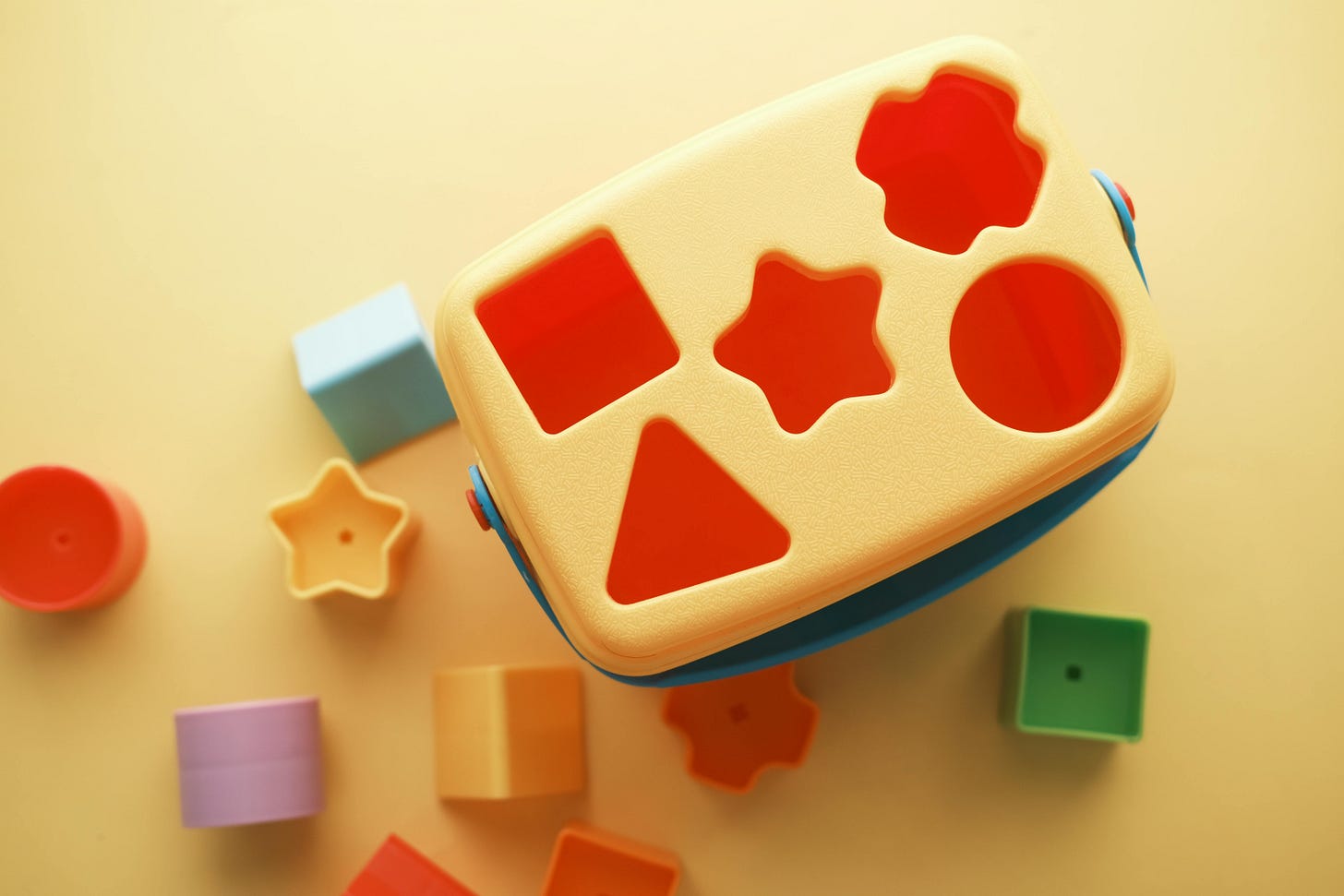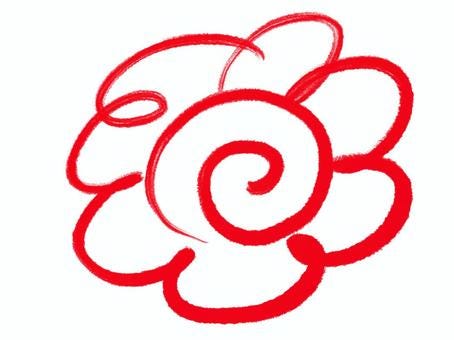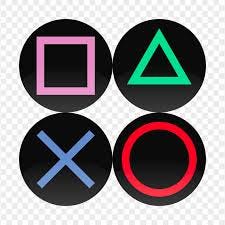Let’s talk education. Yes, one of Japan’s favourite topics that I am uniquely unqualified to speak on. I neither studied nor taught here. So naturally it should be easy to discuss their grading systems. But don’t worry, this is a system that extends far beyond the classroom.
The Japan System
This all came about when I was booking something and saw a jumble of geometric shapes. While I’m as confident as the next person in putting the circle into the right hole, I was confounded by the Japanese style of marking.

The simplest way I can explain is the bullets below.
◯ Circle – Yes. Correct. Approved.
△ Triangle – Sort of/ Pass? or 1/2 marks.
✕ Cross – No. Incorrect. Rejected.
□ Square - Missing. Non attempt. Unavailable.
✔ Tick (check mark) – No but extra confusing.
So you might see my confusion growing.
Backing up a little, most grading systems take some getting used to. At the Olympics you have the Gold for 1st, Silver second and Bronze for third, with no regard for any other places. This is obviously an arbitrary system as well. Surely basing an entire grading mechanism off the precious commodity market in Ancient Greece isn’t entirely intuitive.
However, I was coming from an Australian or at least broadly Western perspective. Here A’s are the best, B’s are behind, and C’s get degrees. This system seems straightforward enough for those that are familiar with the Alphabet Song.
Beyond that point, for binary yes and no’s, I have always been familiar with merely ticks denoting yes, and crosses for no. As far as I can tell, this is a system that holds true in every country I have been to outside of Japan, although people say this happens in the frozen lands of Finland and Sweden too.
This two-mark system was unchallenged. So I want to untangle the geometric shapes starting from here. Why does Japan use the tick checkmark to denote incorrect?
Tick for no
From my research, no one really has a good explanation to how this was mixed up. Sources seem to indicate that the tick was a Western import, so never really had a parallel in Japanese penmanship. There was already the established correct symbol of a circle, so the tick was superfluous. It still doesn’t explain things, as the cross x, was already widely accepted as wrong. Is there really a need for 2 short hands for incorrect?
Apparently yes. An explanation I heard goes that a tick is one less stroke for an incorrect answer, so for teachers tired of doubling their work with the cumbersome x, the tick was a close enough approximation. Alternatively there have been kinder reasons developed that the x seems too aggressive, so a check is a bit more cuddly? It seems that for any person that wasn’t receiving a circle, they understood that whatever scratches or markings were just another way of saying you’re wrong.
Luckily I have not personally suffered from this parallel marking system. However my partner relayed a youthful tale of woe in achievement and failure. Once upon a time, she proudly brought home a test sheet filled with ticks from a western classroom. Her Japanese family were horrified. Outside of the most confident child, who in their right mind would display test that they got every question wrong? Thankfully the mix up was corrected as they eventually realised that ticks in the West are treated differently.
Getting things right
It isn’t as though the circle is less confusing. A round shape denoting correct can look incredibly similar to a the round number 0. Once again, this could lead to a very plausible scenario where a page filled with o’s is perceived as great in Japan but oops in Australia.
Of course the circles are tiered. At the top you have bullseye ◎. The coveted circle within a circle. That could be for a particularly great essay (assuming they still exist), or superb! This isn’t even the toppest tier though. There is the mythical all circle result. Contrary to the why didn’t you get an A+ crowd, children are rewarded with flowers when they answer everything right.
Known as hanamaru, its origins are from a daisy circle. After drawing so many o’s the flower was born to mark the full marks. So while you might not see this on your border control forms, should your child come home with a crudely drawn red flower all over their test sheet, it wasn’t vandalism. It’s just a way to educate.
Try again Triangle
We swing round to the advanced shapes. Boasting 3 and 4 equidistant corners and sides, we have triangles and squares!
Triangles at least pointing up △, point towards the possibility of being right. While somewhat interpreted as half right, it can usually point to being possible but not suitable. In Australian scoring parlance, I’d imagine it to be a “fair” or “passable”, and not really ideal. So there you have it, the ranks of Japan ◎◯△×, your very own ABC and F. And the tick sometimes as X.
Meanwhile, a non-comply or non-attempt is a square □, because we needed more things to remember. This is most common I find when items are sold out, and the ancient website responds in ancient shorthand. Much like the x and ✔, the square is negative.
This research into the non-Japanese Japanese language revealed a further secret. These symbols had been in front of me all along. A Hidden Japanese reminder of how they see the world.
□◯△× in my hands on every Playstation controller. Sony trying to teach the world Japanese shorthand, one console at a time. Now armed with this knowledge, you too could continue playing video games. And share a piece of interesting trivia hopefully along with a subscription to Hidden Japan!





This was helpful. Living here 9 years and had only partially absorbed this system through osmosis and humiliation. You should follow up with green means stop, red means go. Orange means?
Wow, never knew about this. Thanks for sharing. Btw, the grid reminded me of Squid Games :))